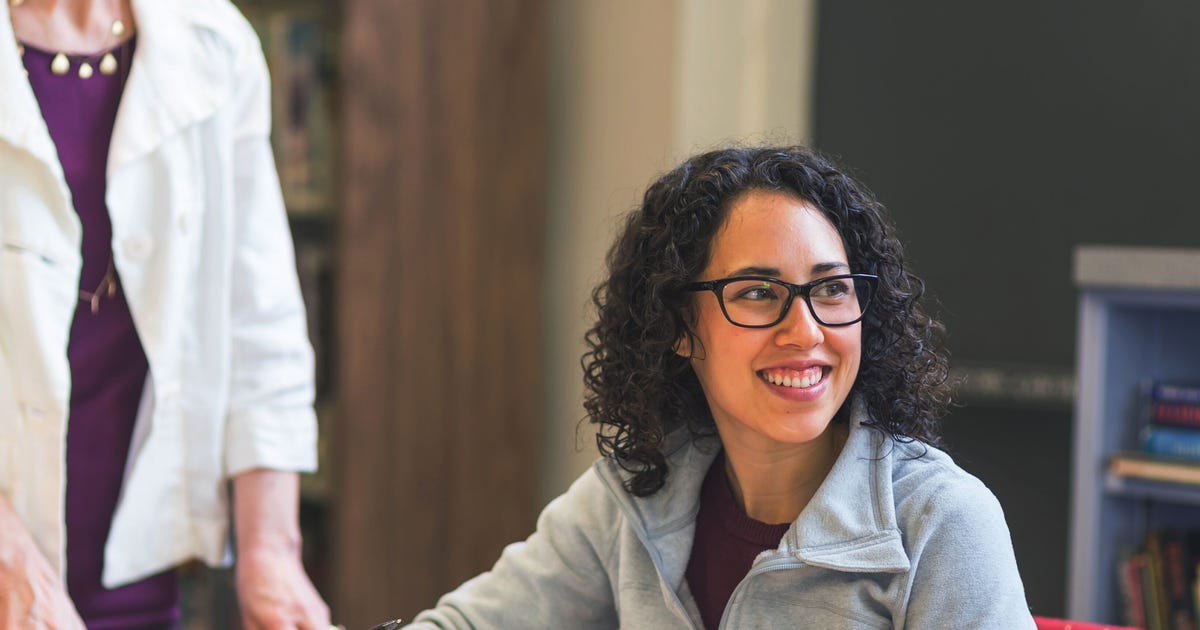It’s not just your garden. Colors seem to fade from everything around us – our interiors, our streets, even our children’s toys. But why do we actually think beige is better?
It started, like any great revolution, on Instagram. Someone shared a video of her trip to the Cinque Terre, the famous World Heritage site along the Italian coast. “The colors aren’t quite as bright as advertised, and it’s ridiculously busy here.” One more pass and we end up in Mexico, where the holiday maker is not allowed to wear sunscreen so that the protected reef does not increase the bleaching. Behind my screen and behind the fence, the neighbor is standing with his hands on his hips blues Gazing. “I know he doesn’t let me spray, but that’s still very sad.”
The world is getting duller, not just because time, tides, and climate are resisting the pigment. Colorless has become a conscious choice, that proves study By data scientist Cath Solomon. I searched the archives of many British science museums, examining more than 7,000 objects every day, such as a clock, typewriter, scale and telephone, to see how their color and shape had changed over the past two hundred years. She poured her findings into an infographic that is now eagerly shared online.
On the left, where the old things are summed up, it is noticeable how the earthy tones of the leather, wood and metal used predominate, developing in the middle to colored plastic and later extinguishing and becoming increasingly gray, over which emblems scream. “Over the years, our instruments have become more gray and more rectangular,” was the dry conclusion of the Science Museum collection.
sad beige
Sheehan Quirk, who runs the popular Twitter account The Cultural Tutor, took a closer look at Solomon’s work and showed, in a viral thread, infographics of how our cars, carpets, clothes, paints and walls are painted. Even from McDonald’s over the years it has evolved into a palette of gray, beige and green.
On Tiktok, American librarian Hayley DeRochi, under the pseudonym @sadbeige, battles faded children’s clothes and things she encounters online. Shows kids party movies with beige bouncy castles, beige flag garlands and beige birthday crowns.
misconception
Part of the reason beige is so ubiquitous is that it fits seamlessly with the minimalist Japandi (Japan and Scandinavia) trend that has dominated our interiors and wardrobes. But our fascination with dullness is more than just a trend, emphasizes furniture designer, interior designer and teacher at the University of Antwerp Axelle Vertommen. “In principle, color began to rise again in interior design, but it is true that during the twentieth and twenty-first centuries less and less colors were used. I saw it, for example, at the Milan Furniture Fair – different brands presented colorful items, But each swatch was in white or beige.”
Chromophobia
An important reason, says Vertommen, is black and white photography, which defines our image, for example, of modern architecture. While these buildings often have colorful accents such as a pillar or under a canopy they are lost in the limited pixels of the visual culture of the time. As a result, we often associate the great masters of architecture with whitewashed buildings, and thus streamlined paintings, with superior aesthetics. This misconception actually dates back to antiquity, as art historian Jacqueline Lichtenstein writes in her book color eloquence (1993). For example, the Greeks, as masters of good taste, are always identified with white marble, while historians and modern technologies have shown that those statues, and even the Parthenon, at that time were most likely covered with bright pigments, shades fading with oxidation and dust. Thus, Renaissance artists, drawing on these ancient images, spread the idea that artistic development equates to line, not color, and that high-quality art does not need color as a distraction. Scottish artist and color analyst David Batchelor calls this phenomenon “chromophobia.” “The West associates color with difference, excess, with other cultures, femininity, vulgarity and absurdity,” he wrote in his book of the same name.
Color above all full bowl Personal. Not neutral. For this reason, real estate agents often advise people not to use bright colors in their interiors, so that potential buyers are not put off by their inability to visualize themselves in this home. Therefore, the difficult choice of color contrasts with the dull narrow security of broken white that “beautiful and easy” can be combined with everything.
“People often love the color, but don’t dare choose it because they are afraid the color is too dominant,” Vertumin says. “While there are also many soothing colors. Just look at nature, flowers, pottery, or oxidized copper. The colors shouldn’t scream, though I let them. Also, is there anything more difficult than an all-white space?”

“Friendly communicator. Music trailblazer. Internet maven. Twitter buff. Social mediaholic.”







More Stories
Actor Alain Delon’s dog was not given an injection to be buried together: what are our rules?
VUB awards honorary doctorate to Guy Mortier
In these ways, “Alien: Romulus” is connected to “Alien” and “Prometheus.”